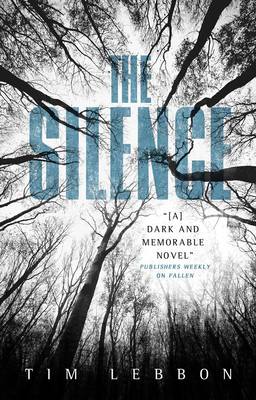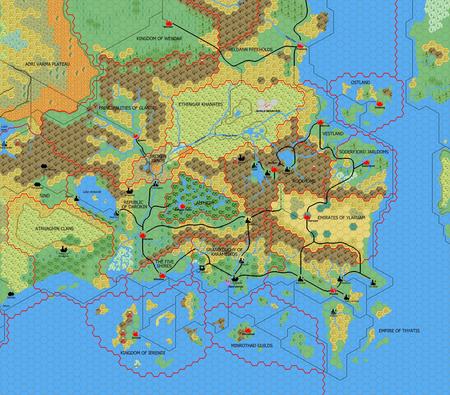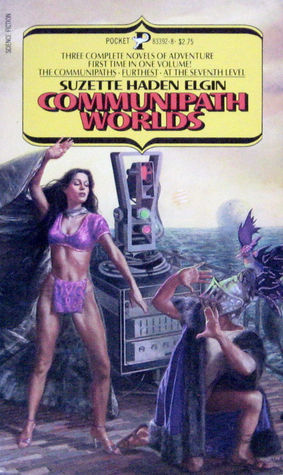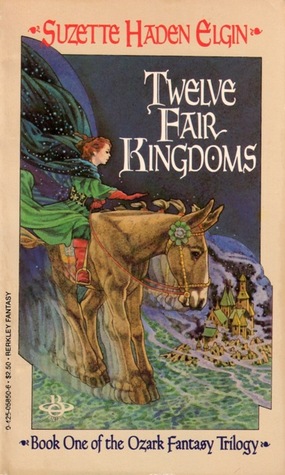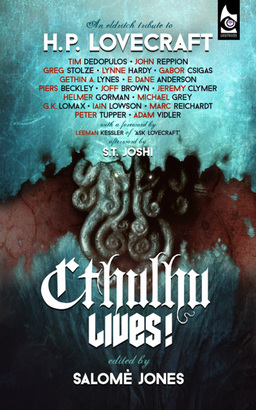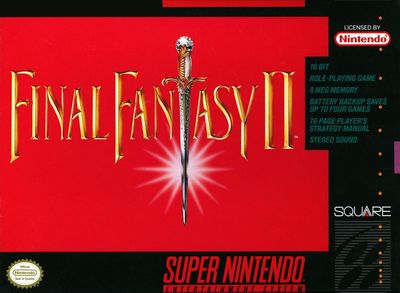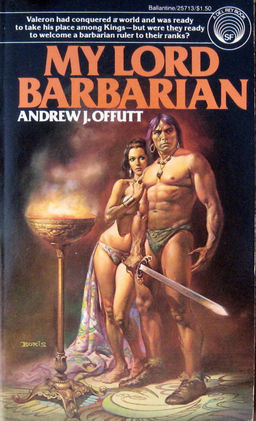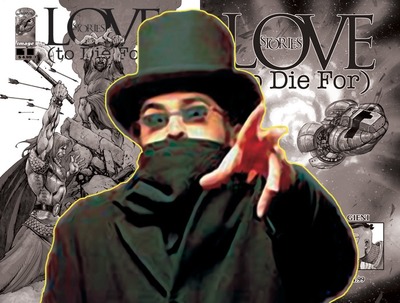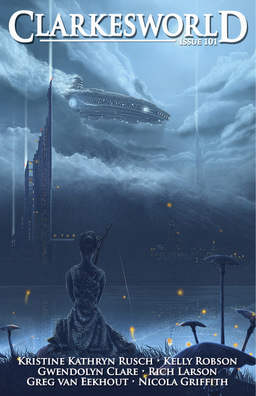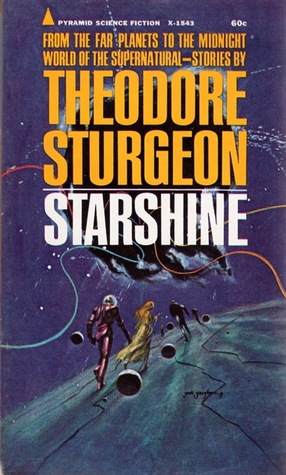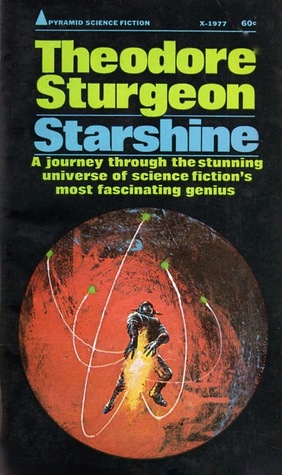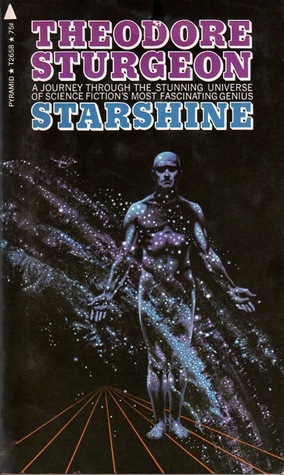Galaxy Science Fiction, June 1951: A Retro-Review
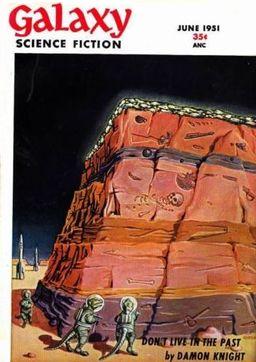 Here’s a review of a magazine issue that Matthew Wuertz has already covered here in his excellent ongoing traversal of Galaxy from its beginning … but I happened to read it and John O’Neill assures me that another (not necessarily dissenting) view is always welcome.
Here’s a review of a magazine issue that Matthew Wuertz has already covered here in his excellent ongoing traversal of Galaxy from its beginning … but I happened to read it and John O’Neill assures me that another (not necessarily dissenting) view is always welcome.
This is from the first year of Galaxy‘s existence. To me it reflects an magazine increasingly confident of its place. The cover doesn’t illustrate any story: it’s by Ed Emshwiller, titled “Relics of an Extinct Race”, and it depicts lizard-like aliens investigating rock strata containing remnants of human civilization.
The back cover advertises a book called The Education of a French Model, which was the memoirs of “Kiki de Montparnasse” (real name Alice Prin), who was somewhat famous as a nude model, and mistress of, among others, Man Ray, in the early part of the 20th Century. Her memoirs featured an introduction by Ernest Hemingway, which the ad happily trumpets. Other ads were for Saran Plastic Seat Covers, and for weight reducing chewing gum (called Kelpidine!), and other than that for books.
Interior illustrations were by Elizabeth MacIntyre, David Stone, David Maus, and “Willer” — this last a somewhat transparent (and, I would have thought, unnecessary) pseudonym for Ed Emshwiller (who usually signed his word Emsh). I note that except for Emshwiller the names are all unfamiliar, suggesting that H. L. Gold may have been looking for “new blood.” (For that matter, Emshwiller was “new blood” himself, a Gold discovery who had only begun illustrating for the SF magazines that year. It’s just that he’s the one of these illustrators who became a legend.)
Elizabeth MacIntyre is interesting as one of very few women SF illustrators in that era (the only other one I can think of offhand is the great Weird Tales artist Margaret Brundage). Todd Mason suggests, I think sensibly, that both the different set of illustrators and the unexpected advertisements can be attributed to Galaxy‘s publisher, World Editions, which had wider ambitions than just publishing SF.
